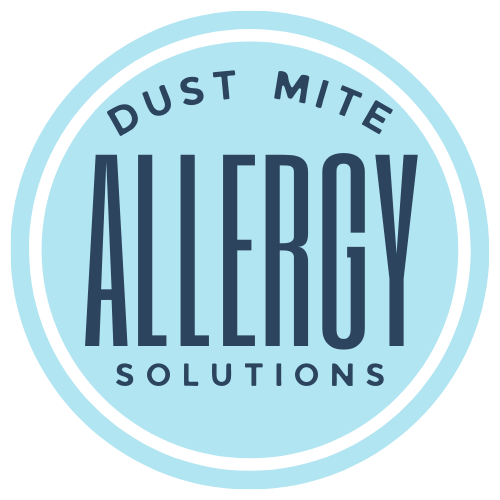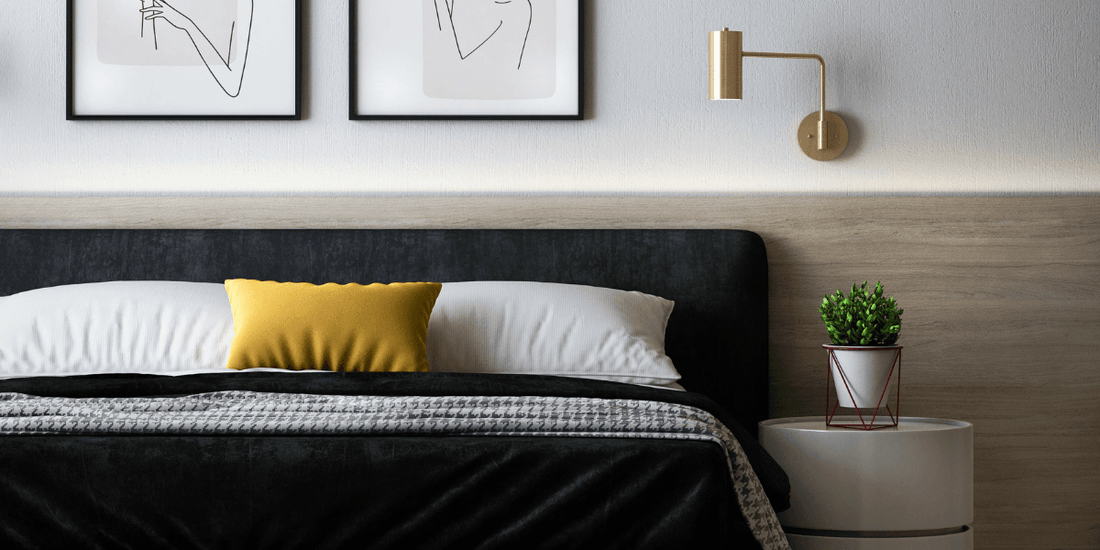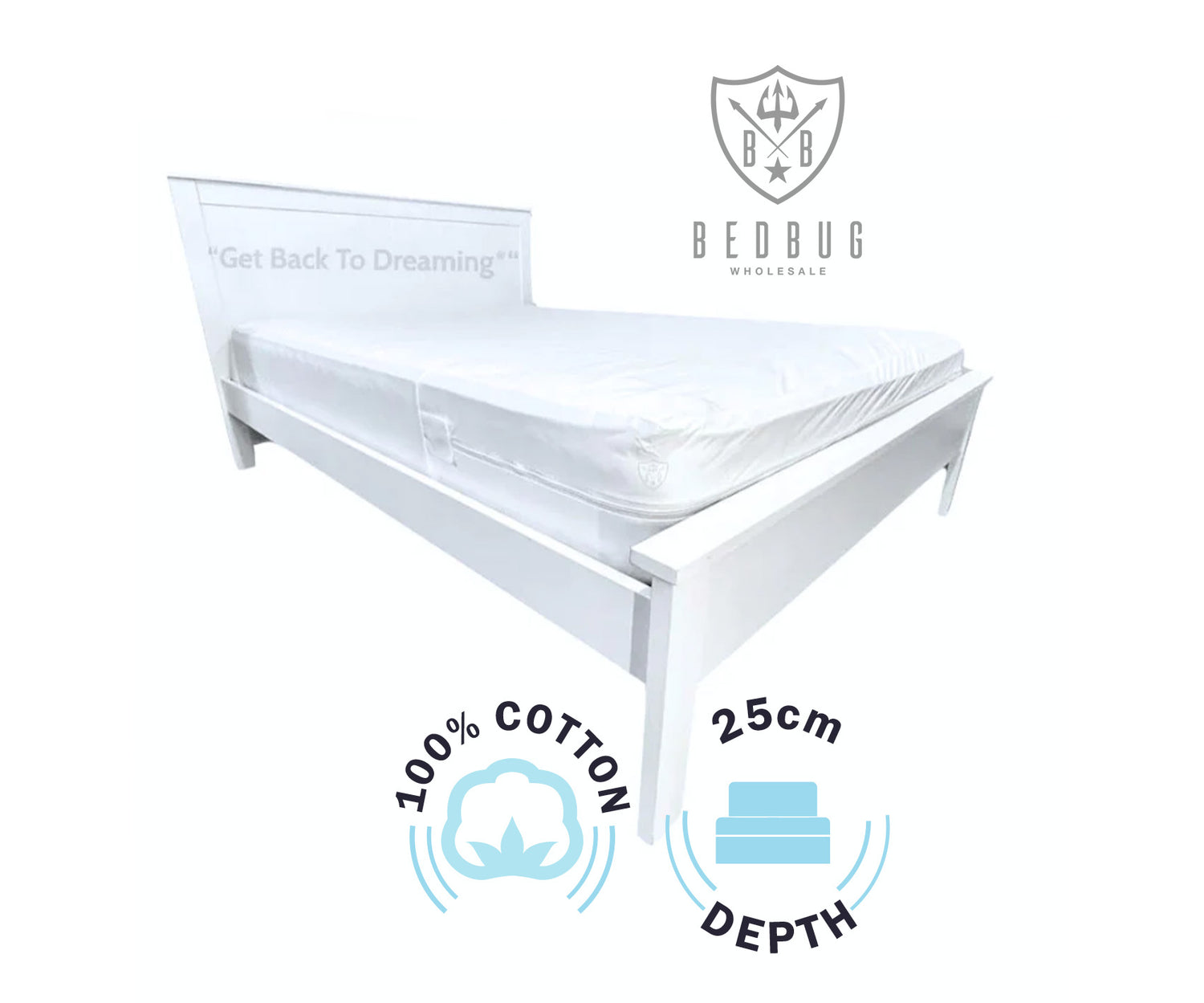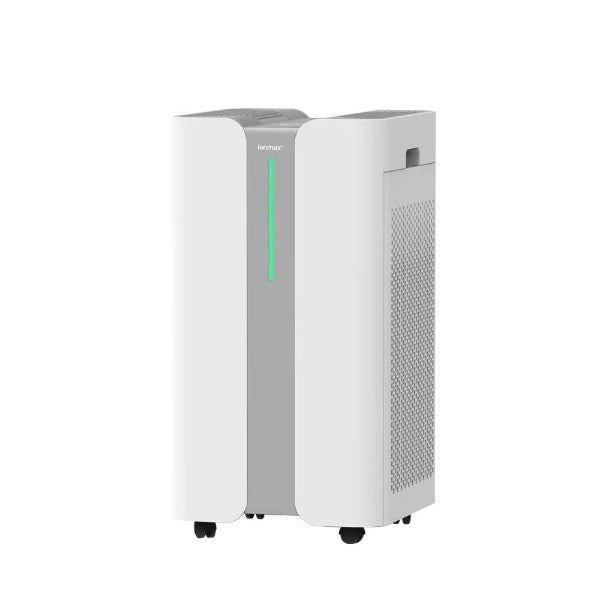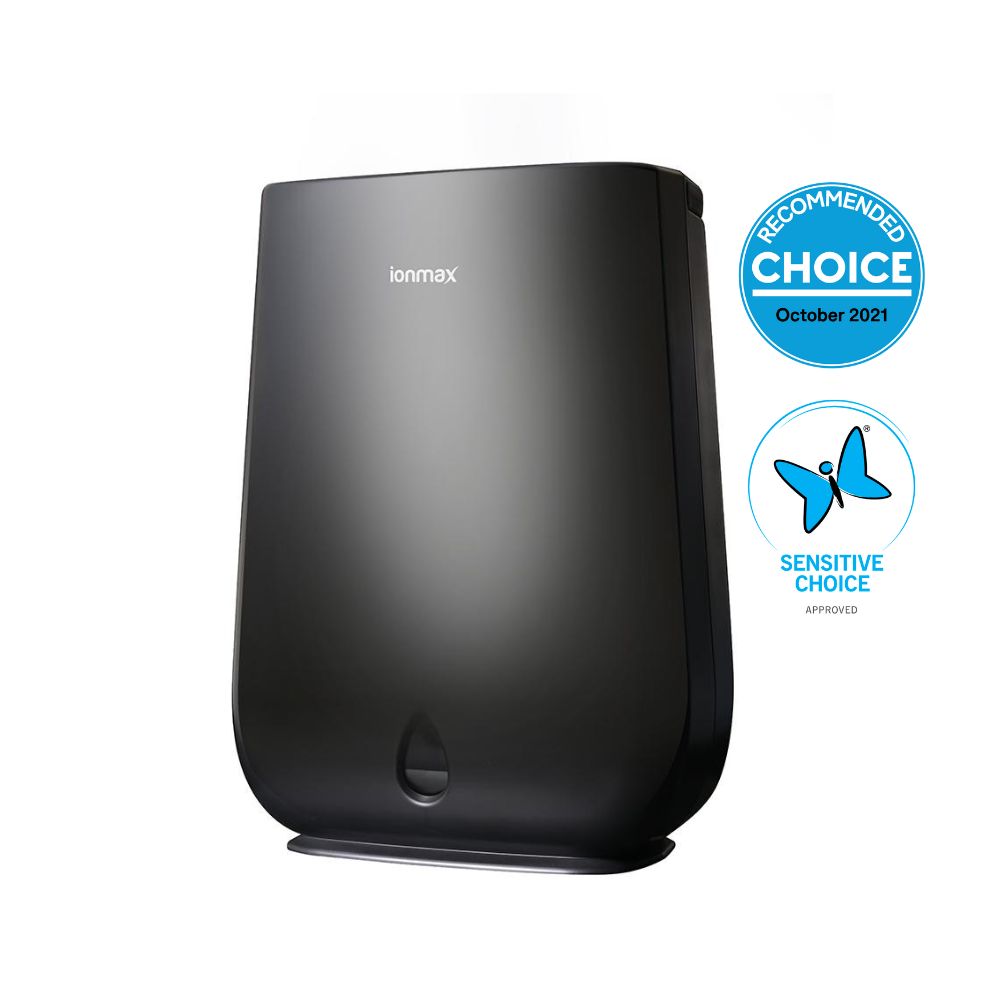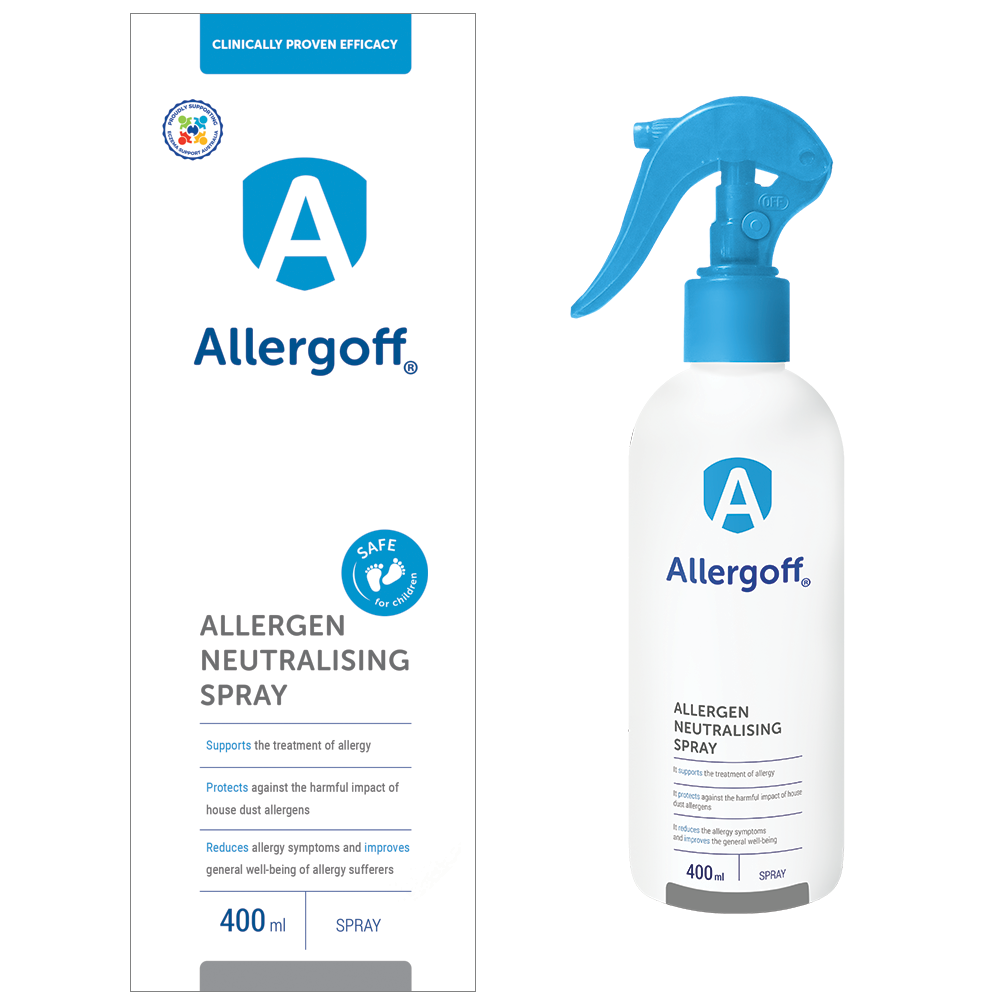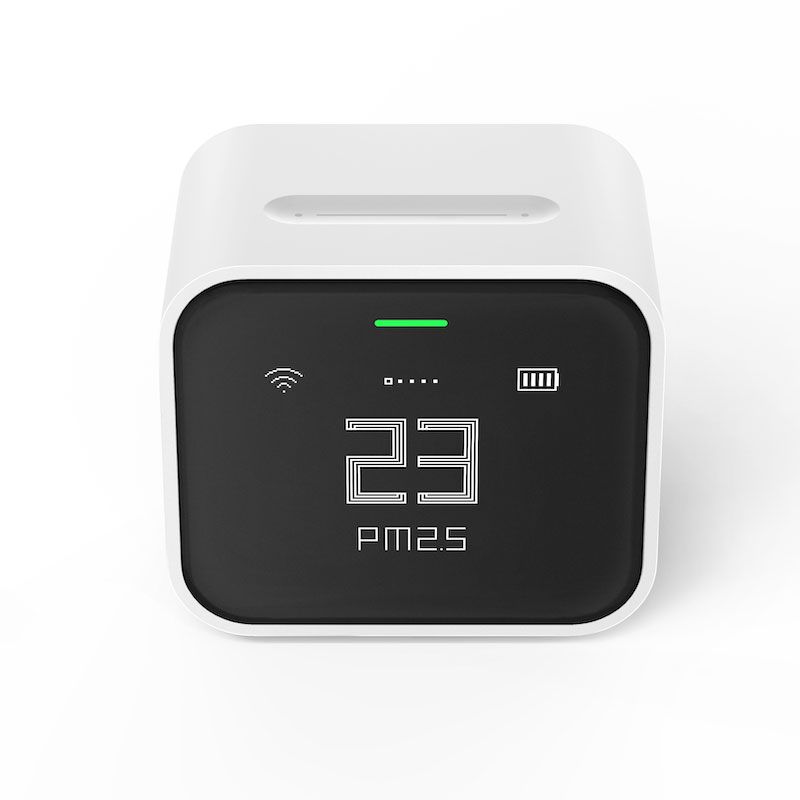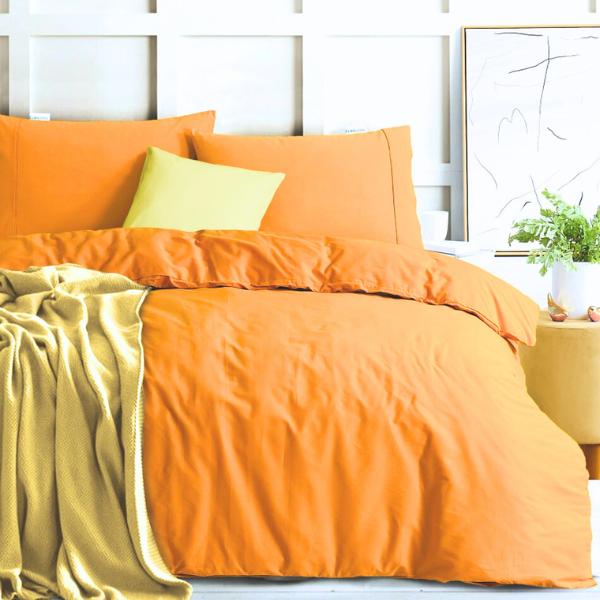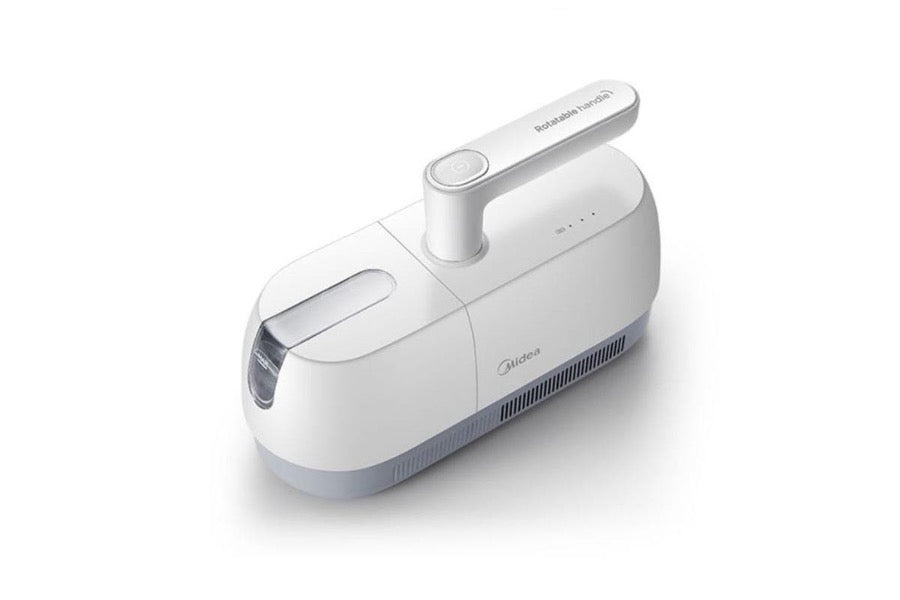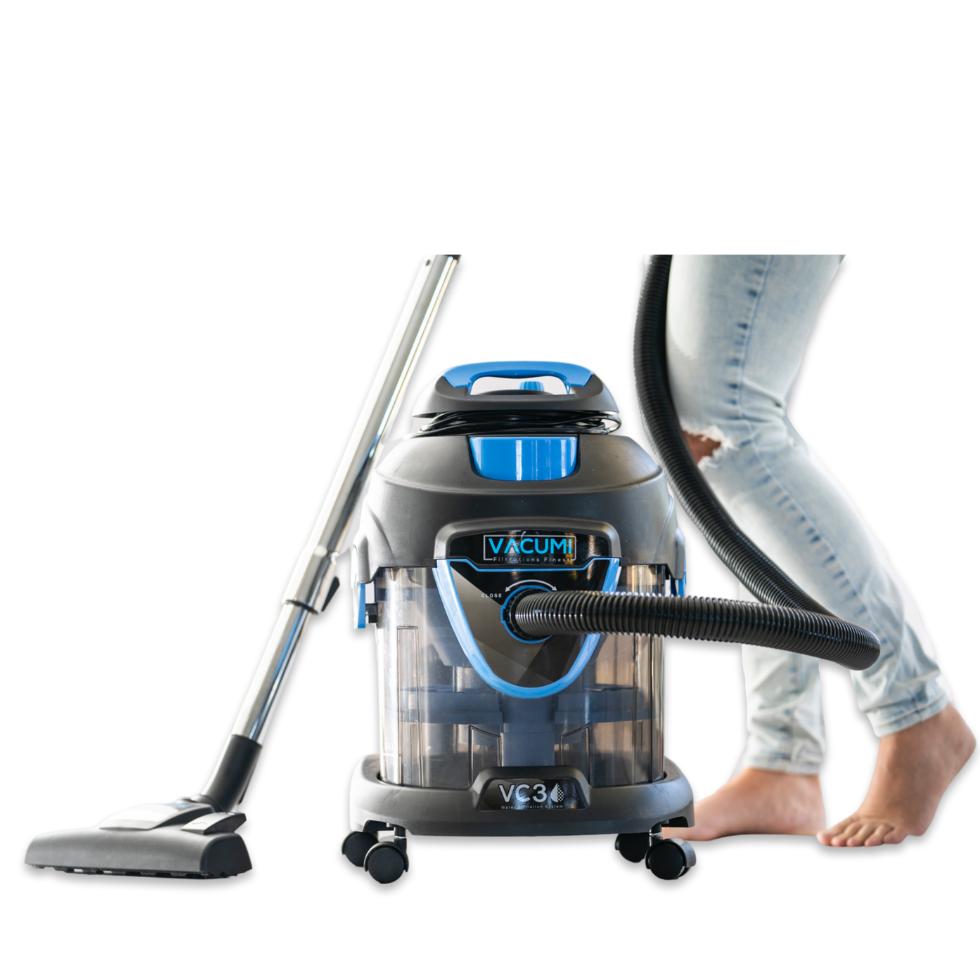Studies show that a regular bed could has up to 10 million dust mites! The study also states that humans shed approximately 1/5 ounce of dander (dead skin) weekly, a preferred food source for mites. Moreover, it highlights that bedroom carpets and household upholstery are prime habitats supporting large populations of mites.
What are Mites in Bed?
Bed mites, mainly known as dust mites, are tiny, spider-related organisms that live comfortably in the moisture and warmth of our beds. They feed on the dead skin flakes that humans and animals shed, which makes our beds, including mattresses and pillows, perfect places for them to settle. Too small to see with the naked eye, these mites themselves don't bite or live directly on people. Despite this, they are a major source of indoor allergies, as their droppings and decaying bodies can trigger allergic reactions and worsen asthma in those who are sensitive. Understanding the nature of these microscopic bed dwellers is important for allergy management and maintaining a healthy sleep space.
How to Know if You have Mites in Bed
Determining the presence of mites in your bed often requires looking out for indirect signs, as these tiny creatures are invisible to the naked eye. Common indicators include experiencing increased allergy symptoms such as sneezing, runny nose, or itchy eyes, particularly after spending time in bed. Another telltale sign is worsening of asthma or eczema for those already suffering from these conditions. While there are no straightforward visual clues, the use of allergen-proof bed covers, regular washing of bedding in hot water, and maintaining a low-humidity environment can help control their presence. For a more definitive approach, allergen test kits available in the market can detect dust mite droppings, giving a clearer indication of their existence in your bedding.
Is it Dust Mite or Bed Bug?
Both dust mites and bed bugs are small pests that can cause discomfort and health issues, and their similar-sounding names can lead to confusion. However, they are distinct organisms with different characteristics and behaviors. Dust mites are microscopic arachnids that feed on dead skin cells and thrive in warm, humid environments, while bed bugs are visible insects that feed on blood and are often found in bedding and furniture. It's important to correctly identify the pest in order to implement appropriate control measures and seek the right treatment if necessary.
Do Mites in Bed Bite?
Contrary to common belief, mites found in beds, specifically dust mites, do not bite. These microscopic creatures are allergen producers rather than biters, feeding primarily on dead skin cells shed by humans and pets. The misconception of dust mite bites often stems from allergic reactions to their waste products and body fragments, which can cause symptoms like itching and irritation, resembling insect bites. While dust mites are a concern for allergen exposure, especially for those with asthma and allergies, they are not a biting threat to people sleeping in their beds.
How Do You Get Mites in Your Bed
Dust mites end up in your bed pretty easily, mainly because our beds are warm and a bit moist, which they love. These tiny bugs feed on the dead skin that we all shed, and our beds collect a lot of this skin, especially in the sheets and mattress. Just by sleeping, sitting, or moving around in bed, we can unknowingly bring these mites from other places in the house or even from our clothes. The number of mites in your bed also depends on things like how humid your room is and how often you clean. Keeping your bed clean and dry is the best way to keep these mites away.
Mites in Bed - How to Get Rid of Them
1. Cover Your Mattress, Pillow and Duvet in Dust Mite Protectors
Using dust mite-proof covers on bedding is important for individuals with allergies as they create a barrier that prevents direct contact with dust mites and their allergenic waste particles. These covers help reduce exposure to allergens, alleviate allergy symptoms, prevent asthma attacks and improve sleep quality.
2. Select Hypoallergenic or Anti - Allergy Bedding
Use hypoallergenic bedding or anti-allergy bedding. What is the difference? Hypoallergenic bedding, such as pillows, quilts, mattress toppers, is designed to minimize the potential for allergic reactions by using materials that are less likely to cause a reaction and preventing allergens from penetrating the fabric. Anti-allergy bedding is designed to actively combat allergens by using special treatments that repel allergens. Both types of bedding can be effective in managing allergies.
3. Select Allergy Friendly Bed Sheet Materials
Natural materials for bed sheets such as organic cotton, bamboo, or silk are often recommended for their hypoallergenic properties. These materials have tightly woven fibers that create a barrier against dust mites and their allergens, reducing the likelihood of allergic reactions. Additionally, these materials are less likely to retain moisture, which can discourage the growth of dust mites. Avoiding synthetic materials like polyester or nylon is important, as they can trap heat and moisture, creating a more favorable environment for dust mites.
4. Wash Bedding Regularly in High Temperatures
Regularly washing your bedding in hot water is one of the most effective ways to eliminate dust mites. Use a water temperature of at least 130°F (54°C) to kill the mites. This should be done weekly to ensure thorough cleanliness.
5. Vacuum and Steam Mattresses and Upholstery
Vacuuming your mattress, along with upholstered furniture in your bedroom, helps remove dust mites and their debris. Use a vacuum cleaner with a HEPA (High-Efficiency Particulate Air) filter for optimal results. Pay extra attention to the seams, corners, and crevices where dust mites tend to accumulate.
Steaming soft furnishings, such as curtains, upholstered furniture, and carpets, can help with dust mite allergies by effectively killing and removing dust mites and their allergenic waste particles. High-temperature steam penetrates deep into the fabric, effectively eliminating dust mites and their allergens on contact. The heat from the steam also helps to break down and loosen the sticky proteins found in dust mite waste, making it easier to remove them during cleaning. Steaming is a chemical-free and eco-friendly method that not only eliminates dust mites but also sanitizes and refreshes soft furnishings, creating a cleaner and healthier environment for individuals with dust mite allergies.
6. Freeze Stuffed Toys, Pillows and Cushions
Stuffed toys and pillows can harbor dust mites. If these items are washable, launder them following the recommended guidelines. For non-washable items, place them in a plastic bag and freeze them for at least 24 hours. Freezing will kill the dust mites and reduce their population.
7. Use Quality Air Purifier
Look for an air purifier with a high-efficiency particulate air (HEPA) filter, as it can capture small dust mite particles and other airborne allergens. Additionally, consider features such as activated carbon filters to reduce odors, a large coverage area suitable for your room size, and a quiet operation.
8. Reduce Humidity
Dust mites thrive in humid environments, so maintaining a low-humidity bedroom can help control their growth. Use a dehumidifier to keep the humidity level below 50%. Good ventilation and proper air circulation are also important in reducing moisture and preventing dust mite infestation.
9. Avoid Carpeting and Rugs
Carpets tend to trap dust mites, making it difficult to eliminate them completely. If possible, opt for hardwood or tiled flooring in your bedroom. If you have carpets, make sure to vacuum them regularly with a vacuum cleaner equipped with a HEPA filter.
10. Perform Routine Cleaning and Dusting on a Regular Basis
Regular cleaning is crucial for individuals with dust mite allergies. Frequent dusting, vacuuming, and washing bedding in hot water help remove allergens. Minimizing clutter, using allergen-proof covers, and maintaining low humidity levels also aid in reducing dust mite presence. Consistent cleaning routines promote a healthier environment, alleviate symptoms, and improve overall well-being.
Explore additional effective measures in reducing dust mites in your environment.
